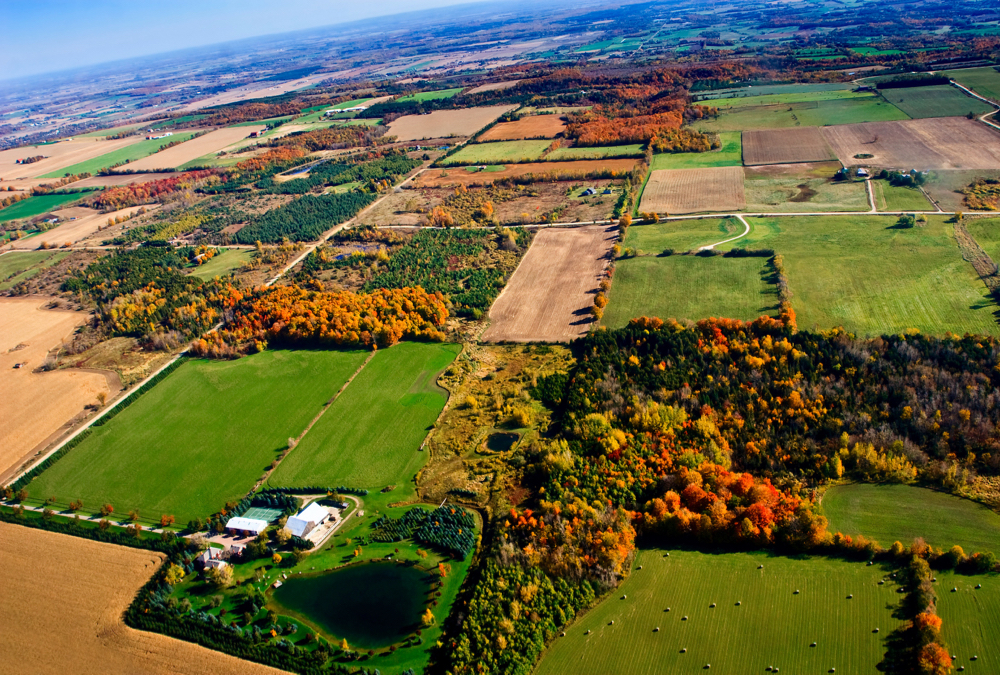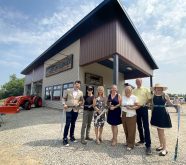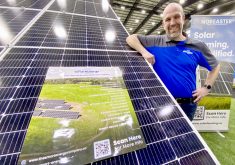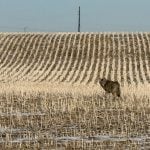A new program to help fund energy efficiency improvements in enclosed agriculture buildings has been launched, but the timeline for the first intake is short.
Applications are now being accepted for the GreenON Agriculture Retrofit funding program, through March 26. The program is administered by the Ontario Soil and Crop Improvement Association (OSCIA), and other intakes are expected for the program in the future.
The bottom line: GreenON is a targeted program, funded by money generated by Ontario’s cap and trade system, that requires farms to be able to move quickly to secure funding.
Read Also
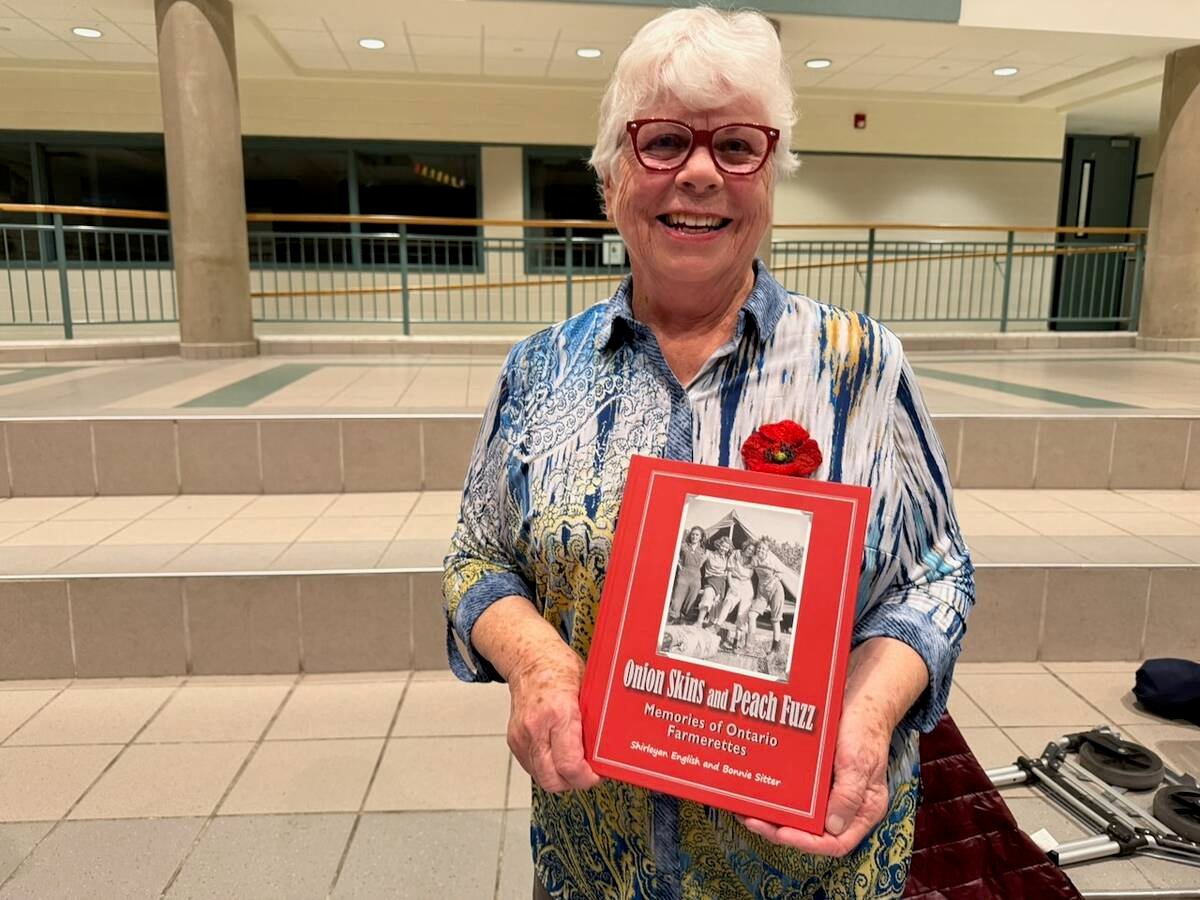
Women who fed a nation
More than 40,000 young women supported the war effort between the 1940s and early 1950s, helping grow and harvest crops amid labour shortages. They were called Farmerettes.
Eligible projects for cost-share funding of up to 35 per cent include:
- Heating/ventilation/insulation work on livestock barns
- Energy efficiency upgrades in greenhouses
- Enhanced technology in grain dryers
Details are similar to what was present in the now-concluded Growing Forward 2 (GF2) federal/provincial initiative, but the funding source for this new program is unique: proceeds from the province’s carbon emissions cap-and-trade system – about $7.25 million – will be invested into the GreenON Agriculture program.
The GreenON brand was introduced in 2017 by the Wynne government, for Ontarians to gain access to almost $2 billion in funds generated in the first year of cap-and-trade. Earlier funding announcements, though, had been aimed at energy efficiency work in homes and industries.
Then, in mid-February at an event hosted by a duck production and processing company in Stouffville, the Liberals outlined how Ontario farmers will get their share of the cap-and-trade proceeds.
The first step towards the GreenON program in Ontario were taken a year ago at the Ottawa Valley Farm Show when the Ontario Ministry of Agriculture, Food and Rural Affairs (OMAFRA) launched the Greenhouse Gas Ontario Cover Agriculture Calculator (GO-CALC), designed to assess the outcome of the carbon emissions outcome of on-farm upgrades.
“It’s crunching the numbers,” said John Laidlaw, OSCIA program manager, of the GO-CALC calculator. “So it’s very quantitative rather than qualitative.”
The launch of the ag-related version of GreenON in Stouffville was launched with few details Feb. 15, and OSCIA wasn’t even included in the kick-off. Deb Conzelmann, CEO of King Cole Ducks, said the company agreed to host the official launch because the broader goals of the program fit well with the long-term vision of King Cole Ducks in terms of enhancing energy efficiency.
Speaking in early March, Conzelmann said the company typically contracts out assessment of such programs to a company specializing in grant-writing. “(That company) is looking at (GreenON) now to see if there’s any way it fits into our plan for strategic growth.”
She added, “it’s a lot of work applying for these grants, and sometimes you don’t end up getting the money . . . So we certainly don’t just apply to any program that comes up.”
Laidlaw, reported that a number of businesses were ready with potentially-eligible projects within days of the GreenON announcement. “There has definitely been some interest, and we have had some applications.” He added that, although the March 6-26 intake period is the only one confirmed so far, “I believe it’s the intention to have more (intake periods).”
Details of the program are available at the OSCIA website. Projects include new or upgraded energy curtains in greenhouses, insulation and heating/ventilation upgrades in climate-controlled livestock barns, and retrofits to grain dryers for improved heat reclamation.
For those thinking of applying, recent completion of an OSCIA-administered Environmental Farm Plan is required. Agricultural production must have been ongoing for at least a year at the location of the proposed project. And, importantly, successful applicants must visit www.go-calc.ca and work through what’s described as “an online program to help (indoor agricultural production and grain dryer operators) estimate potential greenhouse gas reductions that may be achieved through specific facility upgrades.”






